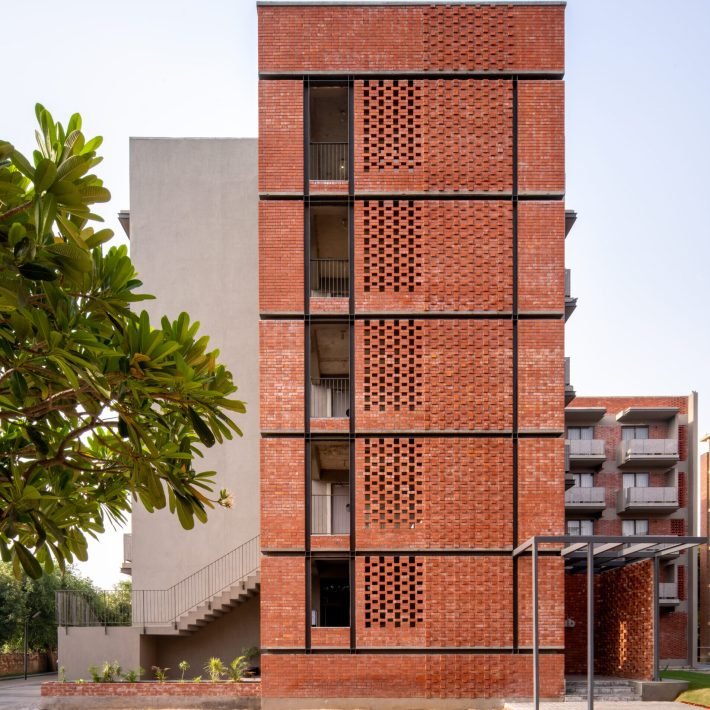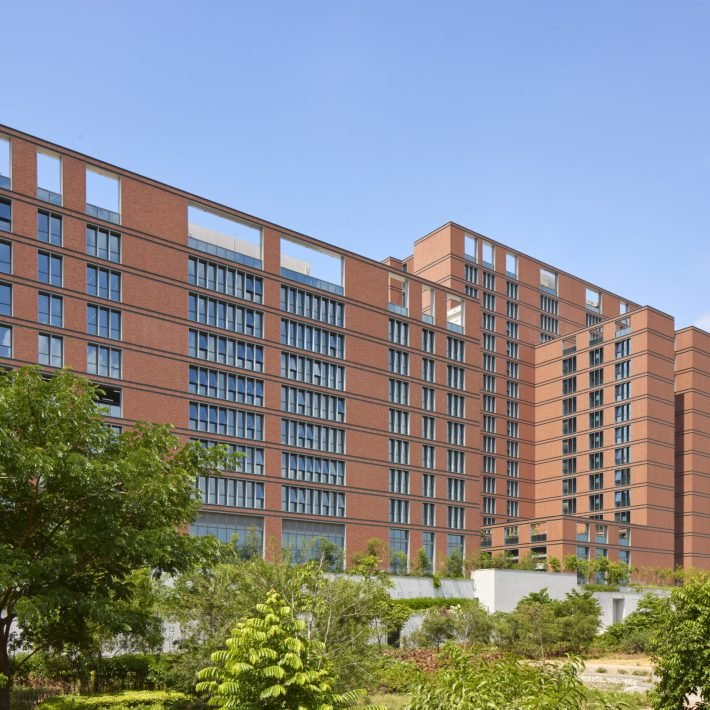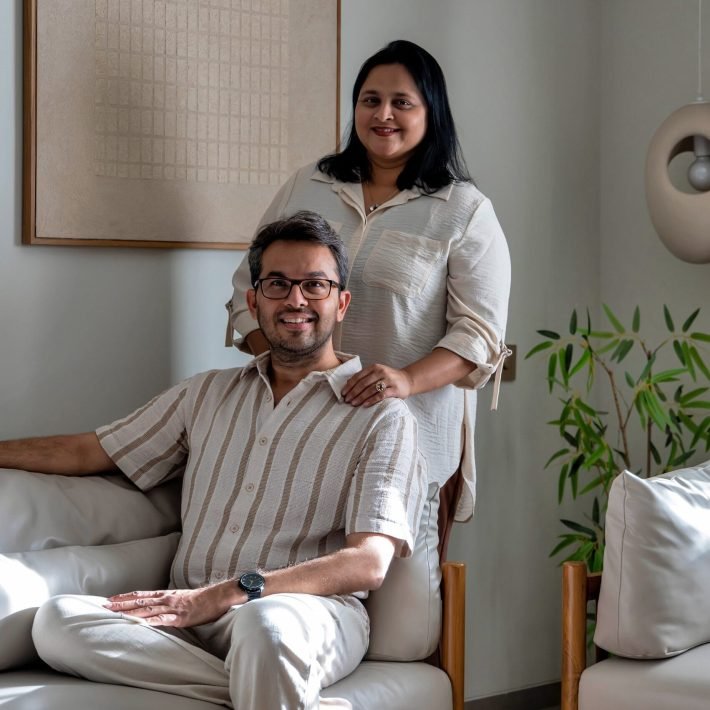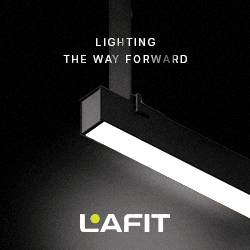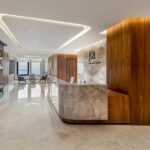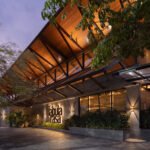Yabu Pushelberg reimagines Raffles for a new era with Raffles Sentosa— an intimate, nature-framed resort that blends heritage, storytelling and effortless luxury.
In the world of luxury hospitality, few names carry the cultural weight of Raffles. Designed in 1887 on Beach Road in Singapore, the original Raffles Hotel has long stood as a symbol of colonial elegance and gracious living. Today, as Singapore evolves into a global nexus of multiculturalism and innovation, Raffles returns to its birthplace—this time, quite literally, back to the beach.

On the lush coastline of Sentosa Island, Raffles Sentosa Resort & Spa unfolds like a narrative—layered, nuanced, and wholly original. Tasked with the design was the internationally acclaimed studio Yabu Pushelberg, who took on a rare, holistic commission spanning architecture, interiors, landscape, lighting, art direction, and master planning. Their aim? To breathe contemporary life into the Raffles legacy while crafting a retreat deeply connected to nature, emotion, and storytelling.
Rather than beginning with a style guide or historical reference, Yabu Pushelberg began with a story. “We imagined the journey of an elegant Singaporean woman,” He further adds, “From growing up in a traditional household, to travelling the world, to returning home with wisdom and memories—this arc of personal evolution became the foundation for our design.”

This feminine muse, rooted in heritage, shaped by the world, and grounded in introspection, manifests in every detail of the resort. It’s a narrative about convergence: old and new, local and global, nature and craft.
Though the Sentosa property is entirely new, the designers didn’t see that as freedom from the past, but rather a responsibility to reinterpret it. “The original Raffles across the harbor still casts a long shadow,” they explain. “We focused on preserving certain emotions—the awe, the serenity, the intimacy—and reimagining others.”

Instead of recreating colonial motifs, the team drew inspiration from generational continuity. A key metaphor emerged: a precious stone passed from grandmother to granddaughter, reset for the future but retaining its original meaning. This duality guided every decision, from architectural proportions to material finishes.

The site’s existing character was integral to the resort’s identity. Dozens of heritage trees—some over a century old—dotted the property and became organizing elements in the master plan. “These trees were alive when the first Raffles opened,” says the design team. “That kind of connection is rare, and we built around it.”
Unlike most beach resorts, Raffles Sentosa does not present the ocean immediately. Instead, it offers a layered experience—dense foliage, filtered views, gradual reveals. At night, the jungle is lit from below, turning wild growth into living sculpture. Villas were not stamped out uniformly; each of the 62 residences was uniquely oriented to maximize privacy and visual interest.

The result is a choreography of pathways—some direct, others meandering—all designed to foster a sense of retreat, discovery, and intimacy.
If there’s one paradox that defines the brand, it’s effortless formality. Yabu Pushelberg leaned into this tension, creating spaces that feel structured but never rigid, elegant but never ostentatious. “This is a place where refinement wears a linen shirt,” they joke. “It’s incredibly considered, but feels unforced.”
That sense of balance carries through all scales of the project. From macro-level master planning down to the furniture, lighting, and textiles, the design language is cohesive, quiet, and deeply intentional. The firm worked across every discipline, ensuring the experience was integrated, not layered on.
The guest experience is designed as a slow unveiling. From the city streets to the crushed granite of the winding arrival road, guests feel a psychological shift the moment they cross the threshold. “You wind your way up to unwind,” they say.

The Arrival Villa sets the tone—a sweeping space with an open-air Writer’s Bar and a billiards room, both framing a central water feature anchored by a heritage tree. Reception is not a transactional desk but a gesture of welcome. This sense of immersive elegance continues into the villas, restaurants, and even the ballroom, where grand interiors are cloaked behind residential-scaled porticos.
The materials palette is intentionally restrained: French oak, travertine, natural fibers. These elements are deployed with precision, drawing on the craftsmanship of the 19th century but reinterpreted through a contemporary lens. There’s a subtle tension between richness and restraint, legacy and modernity.
Textiles—often floral and expressive—introduce colour and movement. Their placement in paneled walls and ceilings evokes the feeling of romantic tents or layered domestic spaces. Millwork and coffered ceilings nod to tradition but are rendered in modern geometries, while strategically placed mirrors blur the boundaries between indoors and out.
Lighting plays a central role in the resort’s emotional architecture. Daylight filters through foliage and open structures; at night, lighting dramatizes texture and depth. “We avoided the typical white-bright resort palette,” the designers note. “Instead, we created moody, sculptural moments that elevate both space and nature.”
This approach is evident across public spaces—from the glowing intimacy of dining pods to the dramatic reveals of monumental walls. The landscape, too, becomes a stage. Trees, vines, and gardens are carefully lit, turning the wild into something poetic and curated.
The resort’s art program, curated by Hanabi, furthers the theme of blending nature with built form. Works across public and private spaces range from hyper-realistic botanical depictions to abstract interpretations of serenity. Each piece invites pause, wonder, and emotional engagement.
“Art isn’t just for decoration,” Yabu Pushelberg insists. “It helps orient guests emotionally and physically. It tells them where they are—not just geographically, but spiritually.”

Balancing large-scale events like weddings with the intimacy of a private retreat required thoughtful spatial choreography. “It’s about compression and release,” the designers say. Restaurants feature private dining pods, while event spaces have discreet access routes that avoid disrupting the calm of the resort.
Even the villas, while expansive, are embedded within the topography rather than dominating it. Views are curated, not open-ended. The capacity of the resort is never visually obvious—by design.
Raffles Sentosa is more than a resort; it’s a reflection of Singapore’s evolution and Raffles’ enduring identity. Through a deeply personal design process, Yabu Pushelberg has achieved what few can—creating a new icon that feels both completely modern and utterly timeless.
Here, the past is not nostalgia; it’s a foundation for new stories. And the journey, like the winding paths through the resort, is as memorable as the destination itself.




